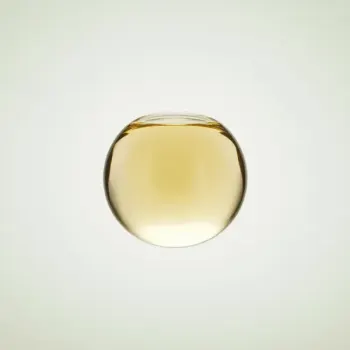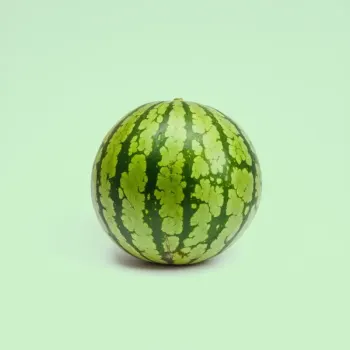White Wine and Water are distinct cooking ingredients; white wine adds acidity and complexity to dishes, while water is neutral and does not alter flavor profiles. Use white wine to enhance sauces, braises, and poached foods, or substitute it with water for a lighter taste.

White wine is an alcoholic beverage made by fermenting the non-colored pulp of grapes. It can range from sweet to dry and is used in cooking to add acidity, depth, and flavor to dishes.

Water is a clear, tasteless, odorless, and nearly colorless chemical substance, which is the main constituent of Earth's hydrosphere and the fluids of living organisms. It is crucial for cooking as it's used in a variety of ways, from boiling to steaming and as a solvent in cooking.
White wine and water differ primarily in flavor, alcohol content, and culinary uses. White wine adds a complex flavor profile including fruitiness and acidity to dishes, while water is neutral and does not impart additional flavors. White wine is also used for deglazing pans to create sauces, whereas water is commonly used to cook or hydrate ingredients without altering taste.

Your ultimate Recipe Box, Meal Planner, and Cooking Class all in one
In sauces and gravies, white wine is often used to provide a base of acidity and complexity. For example, in a beurre blanc or various wine reduction sauces, white wine is essential for the depth of flavor. Water can be used to thin sauces and gravies without adding flavor. It's the base for sauces like a simple vegetable stock gravy, where the flavors of the other ingredients are intended to stand out.
White wine is excellent for braising lighter meats like chicken or for seafood stews. It tenderizes the meat and imparts a subtle flavor. A splash of white wine can elevate a Coq au Vin Blanc or a seafood cioppino. Water is a versatile liquid for braising and stewing when the goal is to cook the protein thoroughly without changing the flavor profile. It is perfect for recipes like a classic vegetable stew or a simple chicken soup.
Poaching fish or pears in white wine infuses them with a complex flavor, often complemented by herbs and spices. It's ideal for delicate dishes where the wine's flavor can shine through. Water is suitable for poaching when you want to maintain the original flavor of the main ingredient, such as in poached eggs or chicken breasts. It's also the traditional liquid used for making poached fruits where other flavors are added.
White wine contains alcohol and more calories than water, which has none. Water is essential for hydration, while white wine should be consumed in moderation.
| Nutrient | Water ( per 100ml ) | White Wine ( per 100ml ) |
|---|---|---|
| Alcohol | 0g | 10g |
| Calories | 0 | 82 |
| Carbohydrates | 0g | 2.6g |
Yes, water can be used as a substitute for white wine, especially to avoid alcohol. However, consider adding a bit of acid like lemon juice or vinegar to mimic the wine's acidity.
Yes, the flavor profile will be less complex without the fruitiness and acidity that white wine provides.
While alcohol typically cooks off during the cooking process, it is best to avoid it in dishes for children and use alternatives such as water with lemon or grape juice.
Moderate consumption of white wine may offer some health benefits due to its antioxidants. However, these benefits are less when wine is used in cooking due to the reduced alcohol content.
White wine can break down tough fibers in meat when used in braising and stewing, and it also helps in creating flavorful pan sauces by deglazing. Water is more neutral and will not contribute to the dish's flavor in the same way.